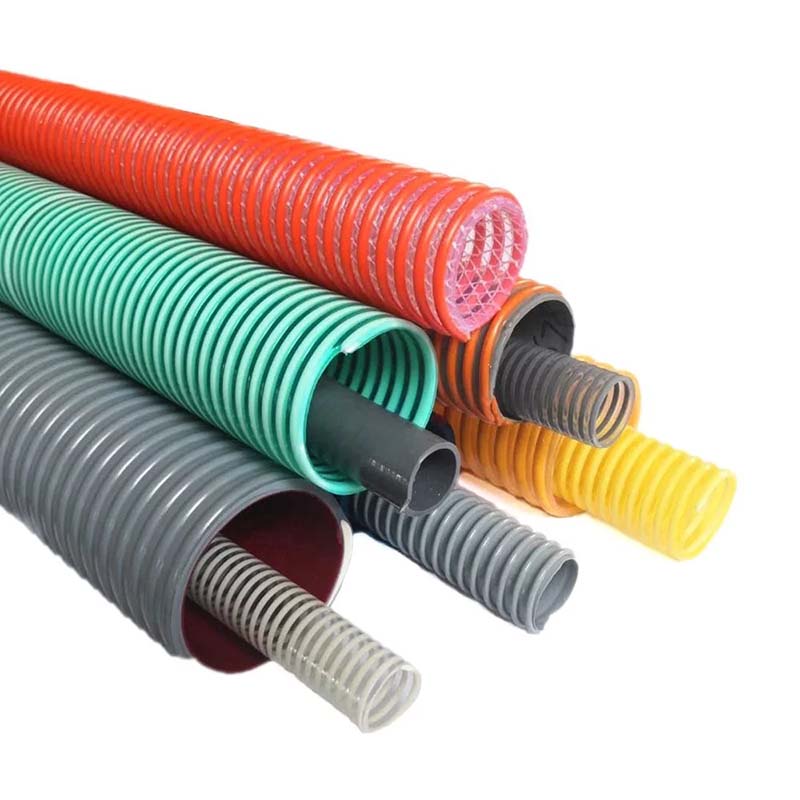Exploring Advanced Techniques in Vacuum Ducting for Enhanced Material Handling and Efficiency
The Importance of Vacuum Ducting in Modern Industries
Vacuum ducting is an essential component in various industries, facilitating the efficient movement of air, dust, and other particulates. It is widely utilized in applications ranging from industrial processes to HVAC systems, providing a clean and controlled environment for operations. In this article, we will explore the significance, design considerations, and applications of vacuum ducting.
Significance of Vacuum Ducting
The primary function of vacuum ducting is to transport air and particulates away from workspaces or industrial processes. This is crucial for maintaining air quality, ensuring safety, and enhancing productivity. In facilities where dust and fumes are generated, the implementation of an effective vacuum system helps mitigate health risks associated with airborne particles. Workers exposed to such environments without adequate ventilation may suffer from respiratory issues and other health hazards over time.
Moreover, vacuum ducting plays a critical role in maintaining the integrity of the production process
. In industries such as pharmaceuticals and food processing, where cleanliness is paramount, vacuum systems help to prevent contamination and ensure product safety. By removing dust and debris, they contribute to compliance with health and safety regulations, ultimately protecting both workers and consumers alike.Design Considerations
When designing a vacuum ducting system, several factors must be taken into account to ensure effectiveness and reliability. The first consideration is the material of the ducts. Ducts must be made from materials that can withstand the operational environment, whether that means tolerance to high temperatures, corrosive substances, or static electricity. Common materials include stainless steel, aluminum, and specialized plastics for specific applications.
vacuum ducting

Next, the layout of the ducting is crucial. The design should minimize bends and turns to reduce air resistance, which can affect the efficiency of the vacuum system. The correct sizing of the ducts should also be considered, as improper sizing can lead to pressure drops that diminish performance. Additionally, the system should incorporate appropriate filters and separators to capture particulates before the air is returned to the environment.
Moreover, maintaining a balance between suction power and energy efficiency is vital. While high suction power can effectively remove particles, it may lead to increased energy consumption and operating costs. Thus, advanced systems are often equipped with variable speed drives to optimize performance based on real-time operational needs.
Applications of Vacuum Ducting
Vacuum ducting finds application across a multitude of sectors. In the woodworking industry, for example, vacuum systems are used to collect sawdust and wood shavings, contributing to a cleaner work environment and reducing fire hazards. In manufacturing, these systems help in the safe handling of powders and granules, ensuring that materials are processed without contamination.
In the electronics sector, vacuum ducting is crucial for maintaining cleanroom environments, where precision and cleanliness are essential for the production of sensitive components. Similarly, in laboratories, vacuum systems are implemented to extract hazardous fumes and vapors, adhering to strict safety protocols.
In conclusion, vacuum ducting is a vital element in various industrial applications, contributing to health and safety, efficiency, and product integrity. As industries continue to evolve, the design and implementation of vacuum systems will play an increasingly important role in maintaining clean environments and enhancing operational efficiency. Investing in high-quality vacuum ducting systems is not just beneficial for compliance; it is a proactive approach to ensuring a sustainable and safe workplace for all.
-
Wire Reinforced PVC Tubing Solutions for Global Industrial ApplicationsNewsAug.20,2025
-
Utilizing Braided Pvc Hose For Construction PurposesNewsAug.11,2025
-
The Flexibility of Lpg Gas Hose in Low-Temperature ApplicationsNewsAug.11,2025
-
Reinforced Layers in Clear Reinforced PVC HoseNewsAug.11,2025
-
How Hose Braiding Benefits Fluid TransferNewsAug.11,2025
-
Flexible Suction Hose Pipe in Industrial Vacuum CleanersNewsAug.11,2025














